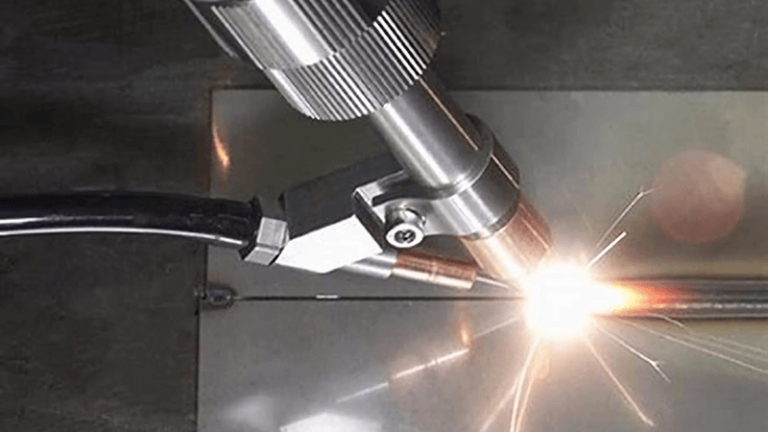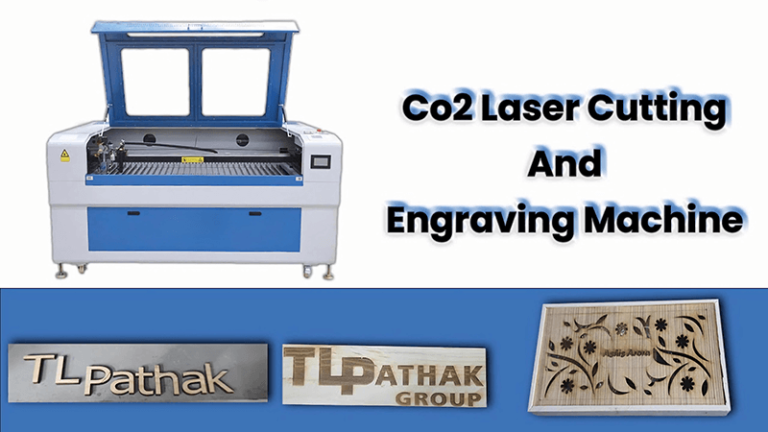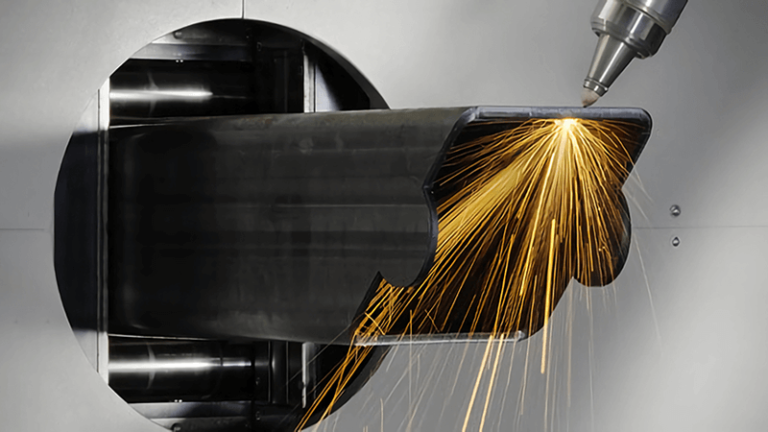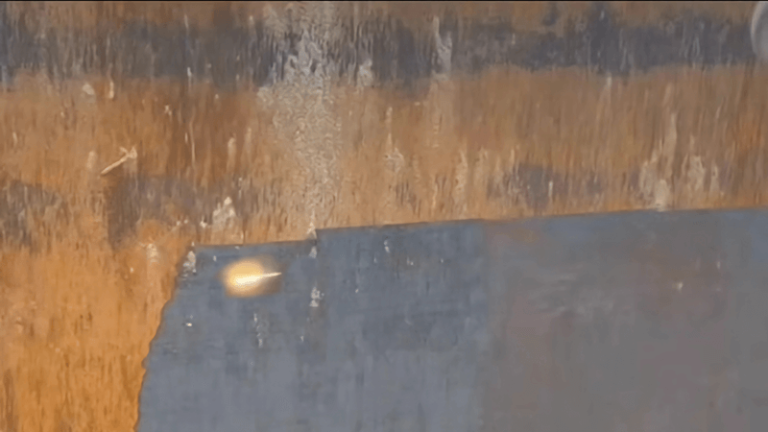Joining different metals often sounds complicated, especially when strength, corrosion resistance, and durability are on the line. Many of our clients, especially in industrial sectors like automotive, often ask: can steel and stainless steel really be welded together with lasting results?
Yes, steel and stainless steel can be welded together effectively using laser welding. The key is precise control over heat and shielding gases to avoid intermetallic formation and dilution. When done correctly, laser welding delivers strong, reliable joints between dissimilar metals.
It sounds simple, but the devil is in the details. Let’s break it down step by step and look at what makes laser welding the smart choice for bonding steel and stainless steel — and which metal combinations you should never try to join.
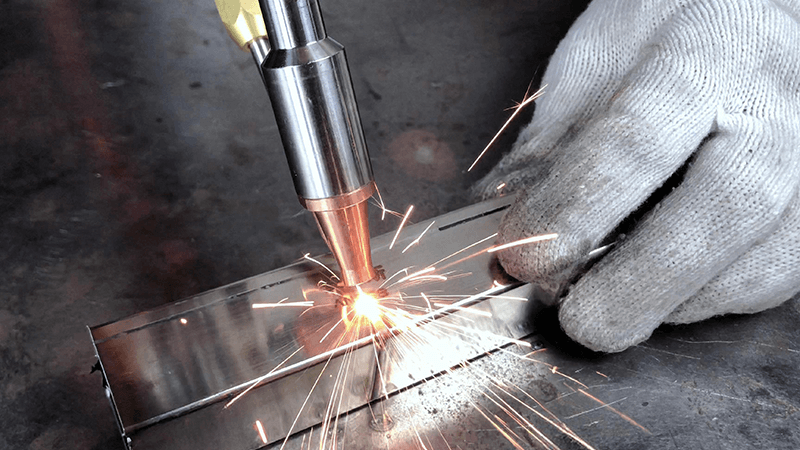
Is it possible to weld stainless steel to regular steel?
Welding stainless to carbon steel sounds risky. You worry about cracks, corrosion, and inconsistent strength. But it’s a common need — especially when designing equipment that balances cost and performance.
Yes, you can weld stainless steel to regular carbon steel. Laser welding is one of the best ways to do this. It allows for accurate heat control and reduces the chance of brittle phases forming at the joint.
The science behind stainless-to-steel welding
Joining stainless steel to carbon steel presents a metallurgical challenge. That’s because these two materials have different thermal expansion rates, compositions, and corrosion behavior. If not managed properly, the weld zone can develop hard, brittle intermetallic phases1 or become prone to corrosion.
Why laser welding is ideal
Laser welding gives me pinpoint control over heat input, which helps avoid those problems. It also creates a narrow heat-affected zone, reducing the risk of warping or cracking.
At Kirin Laser, we work with many OEM clients who need to join these materials, especially in automotive chassis or frames where stainless steel is needed for corrosion resistance2 and carbon steel is chosen for cost and strength. In one case, a client had recurring cracking issues using MIG welding to join stainless brackets to high-strength steel panels. We helped them transition to laser welding3. After fine-tuning the power settings and using argon as shielding gas, the welds passed stress tests without failure.
| Property | Stainless Steel | Carbon Steel | Welding Concern |
|---|---|---|---|
| Chromium content | High (10.5%+) | Low | Risk of intermetallics |
| Thermal conductivity | Lower | Higher | Uneven heat flow |
| Thermal expansion | Higher | Lower | Distortion and cracking |
| Corrosion resistance | Excellent | Poor | Galvanic corrosion potential |
By understanding these differences and adjusting the welding parameters, we can achieve strong, clean joints.
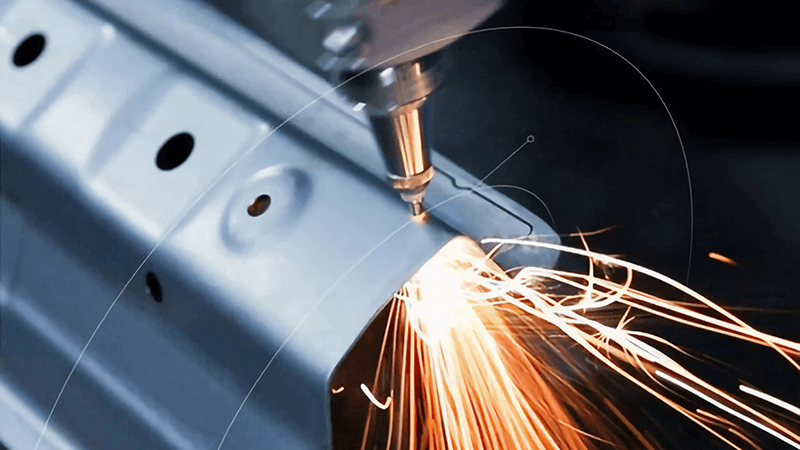
Can you put steel and stainless steel together?
When clients ask if these metals “go together,” they often mean: will they hold up long-term? Will they fail under pressure or corrode in months?
You can absolutely put steel and stainless steel together, especially using laser welding. However, attention must be paid to joint design, filler compatibility, and corrosion protection to ensure long-term performance.
Design and protection matter
Welding isn’t just about melting metal. The design of the joint and the environment in which it operates also affect whether combining stainless and carbon steel makes sense.
Practical tips for reliable joining
- Use the right shielding gas4: Argon or helium helps prevent oxidation and contamination.
- Avoid excessive dilution: Keep stainless properties intact by controlling mixing at the weld pool.
- Consider a transition piece5: Sometimes, an intermediary alloy makes the weld more stable.
- Protect from corrosion: After welding, apply protective coatings6 or isolation techniques if the weld will face moisture or chemicals.
At Kirin Laser, we often recommend lap joints or specially beveled butt joints for mixed-metal welds. We also configure pulse frequency and laser spot size to minimize heat input. One customer used this setup to join a 304 stainless tube to a mild steel housing for a fluid system. The weld held up under salt-spray testing for 500 hours without corrosion or failure.
By taking these precautions, putting steel and stainless steel together becomes not only possible but practical for demanding applications.
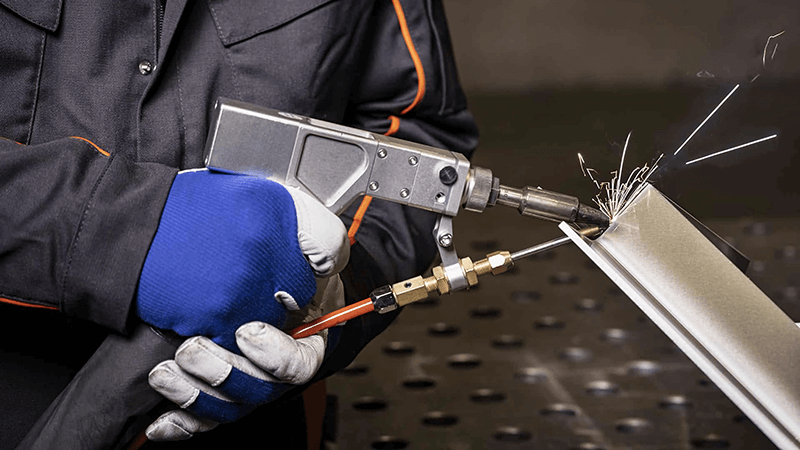
How do you bond stainless steel to stainless steel?
This sounds like it should be easy. It’s the same material, after all. But in practice, many clients find they struggle with warping, discoloration, or welds that don’t meet visual inspection.
Laser welding is one of the best methods to bond stainless steel to itself. It produces clean, precise welds with minimal distortion or post-processing.
Getting the perfect stainless-to-stainless weld
When both metals are stainless steel, the concerns shift. Now, we’re focusing on preserving surface appearance, preventing oxidation, and avoiding overheating.
Key parameters to control
- Heat input: Too much heat causes warping or burn-through.
- Shielding gas: Argon is common, but adding helium improves penetration.
- Weld speed: Fast travel reduces discoloration and keeps the joint narrow.
- Joint preparation: Clean surfaces are essential. Any oil, rust, or oxide ruins the weld.
Here’s how we help clients dial this in. One client from the kitchen appliance sector needed to weld brushed stainless steel panels for a visible surface. TIG welding7 left discoloration that required grinding. Our solution was to use a fiber laser welding machine8 with real-time temperature feedback. The result was mirror-like welds with no post-polish needed.
| Parameter | Ideal Setting (Fiber Laser) |
|---|---|
| Power | 300–1000W |
| Spot Size | ~0.1–0.3 mm |
| Travel Speed | 20–100 mm/s |
| Shielding Gas | Argon or Ar-He blend |
Laser welding stands out for stainless-to-stainless joints because of its minimal heat and fast operation. It also supports automation, which many of our clients require for high-volume manufacturing.
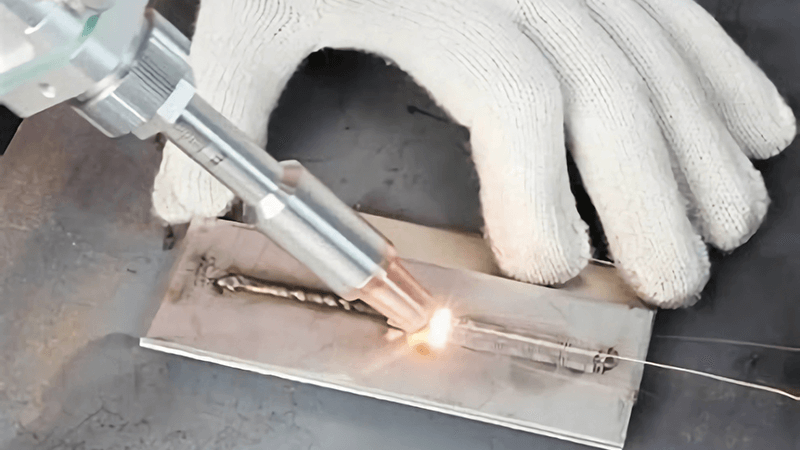
What metals can't be welded together?
Sometimes, no matter how advanced your welding machine is, certain metals just won’t bond well. Knowing what can’t be done is as important as knowing what can.
Metals like copper and aluminum, or titanium and steel, are extremely difficult to weld together due to different melting points and chemical reactions. Without a transition alloy or solid-state process, these metals won’t form a usable joint.
Why some metals resist welding
Metals have different thermal properties, chemical reactivity, and crystal structures. When these don’t align, welding becomes unstable or impossible.
Common incompatible pairs
- Copper and Aluminum: Both conduct heat well but form brittle intermetallics9.
- Titanium and Steel: Reacts aggressively at high temperatures, causing weak joints.
- Magnesium and Stainless Steel: Poor fusion and galvanic corrosion issues.
For these cases, we usually recommend alternative joining methods10 like friction stir welding, explosion welding, or mechanical fasteners. But for common industry pairings — like steel to stainless — laser welding still offers one of the most precise and reliable solutions.
At Kirin Laser, we often test metal pairs using samples before recommending a final process. Our lab team runs simulations and small batch welds to check compatibility. This helps clients avoid wasted materials or failed assemblies.
| Metal 1 | Metal 2 | Weldable? | Comments |
|---|---|---|---|
| Stainless | Carbon Steel | Yes | With heat control and shielding gas |
| Aluminum | Copper | No | Forms brittle intermetallics |
| Titanium | Steel | No | Reactivity issues |
| Brass | Stainless | Sometimes | Depends on zinc content |
Understanding your material limitations is part of choosing the right laser welding11 setup. That’s where Kirin Laser adds value — with technical advice rooted in real-world results.
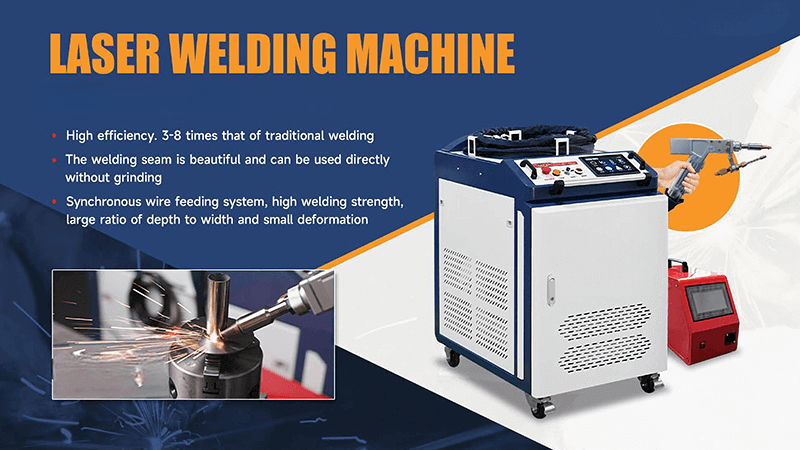
Conclusion
Steel and stainless steel12 can be welded together — and laser welding makes that easier, cleaner, and more reliable. At Kirin Laser, we help clients across industries choose the right laser welding machine and process based on their materials and performance needs. Whether you're joining stainless to steel, stainless to stainless, or exploring new material combinations, precision matters. With the right knowledge and the right equipment, strong dissimilar metal joints are more than possible — they’re practical, efficient, and built to last.
-
Understanding intermetallic phases is crucial for improving weld quality and preventing issues in metal joining processes. ↩
-
Learn about the differences in corrosion resistance to make informed choices in material selection for your projects. ↩
-
Explore the advantages of laser welding, especially its precision and reduced risk of defects when joining different metals. ↩
-
Understanding the right shielding gas can significantly enhance your welding quality and prevent defects. Explore this link for expert insights. ↩
-
Learn how using a transition piece can stabilize your welds and improve joint integrity, especially in mixed-metal applications. ↩
-
Discover effective protective coatings that can extend the life of your welds in harsh environments, ensuring durability and performance. ↩
-
Learn about TIG welding's pros and cons to see how it compares to other welding methods, especially for stainless steel. ↩
-
Explore this link to understand the technology behind fiber laser welding machines and their advantages in stainless steel applications. ↩
-
Learn about brittle intermetallics and their impact on welding processes, crucial for understanding material compatibility. ↩
-
Explore various joining techniques that can effectively replace traditional welding for incompatible metals. ↩
-
Discover how laser welding provides precision and reliability, especially for common metal pairings in industry. ↩
-
Know the best laser welding machines and laser welding solutions from Kirin Laser, clicking this link to get all your needs. ↩


